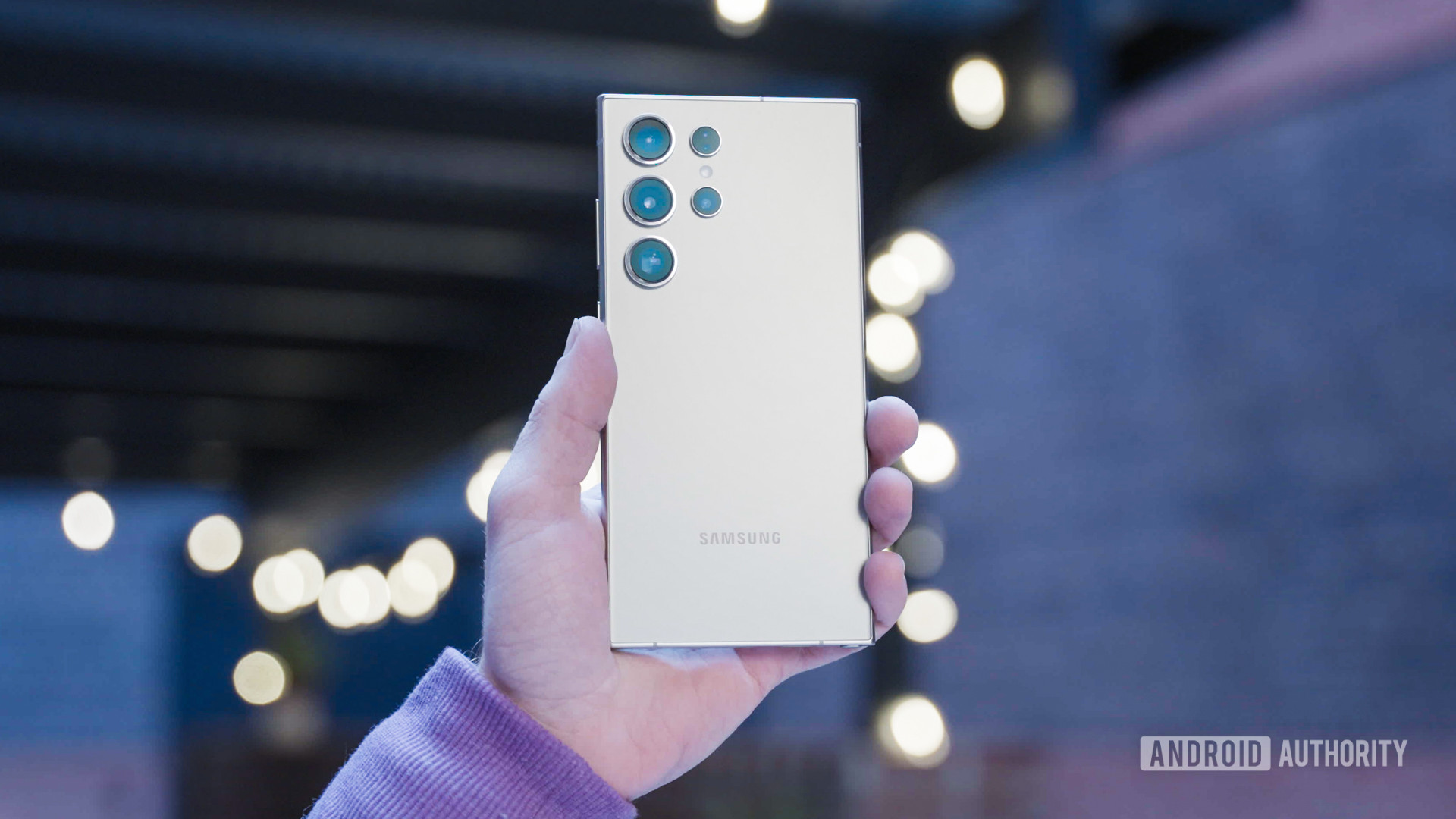Affiliate links on Android Authority may earn us a commission. Learn more.
The $550 mirrorless camera versus the flagships: Is it a waste of money?
Published onMay 24, 2017
It’s unbelievable what modern smartphones are capable of nowadays. They’re the driving force behind how we accomplish our days, as their laundry list of features seem to constantly evolve, making the great things about them even greater. Take for example their cameras, which were once considered distracting novelties in the early days when camera phones were luxuries, but they’re now widely acclaimed for their ability to take stunning photos and videos, putting point-and-shoot cameras on the endangered species list in the process.
I just picked up another mirrorless camera, the Panasonic Lumix GX850, which is one of the more compact-sized micro four thirds cameras on the market – mainly as a backup camera to my Panasonic Lumix G85. Then it began to dawn on me: why would someone go and shell out $550 for a dedicated camera when today’s flagships are more than capable? I get the differentiation with cameras beyond the $1,000+ range, since you expect them to deliver a significant amount of superiority when it comes to capturing content. However, at half that price, some folks might argue that your money is better spent on a flagship smartphone instead. But just how competitive are flagships compared to a dedicated camera?
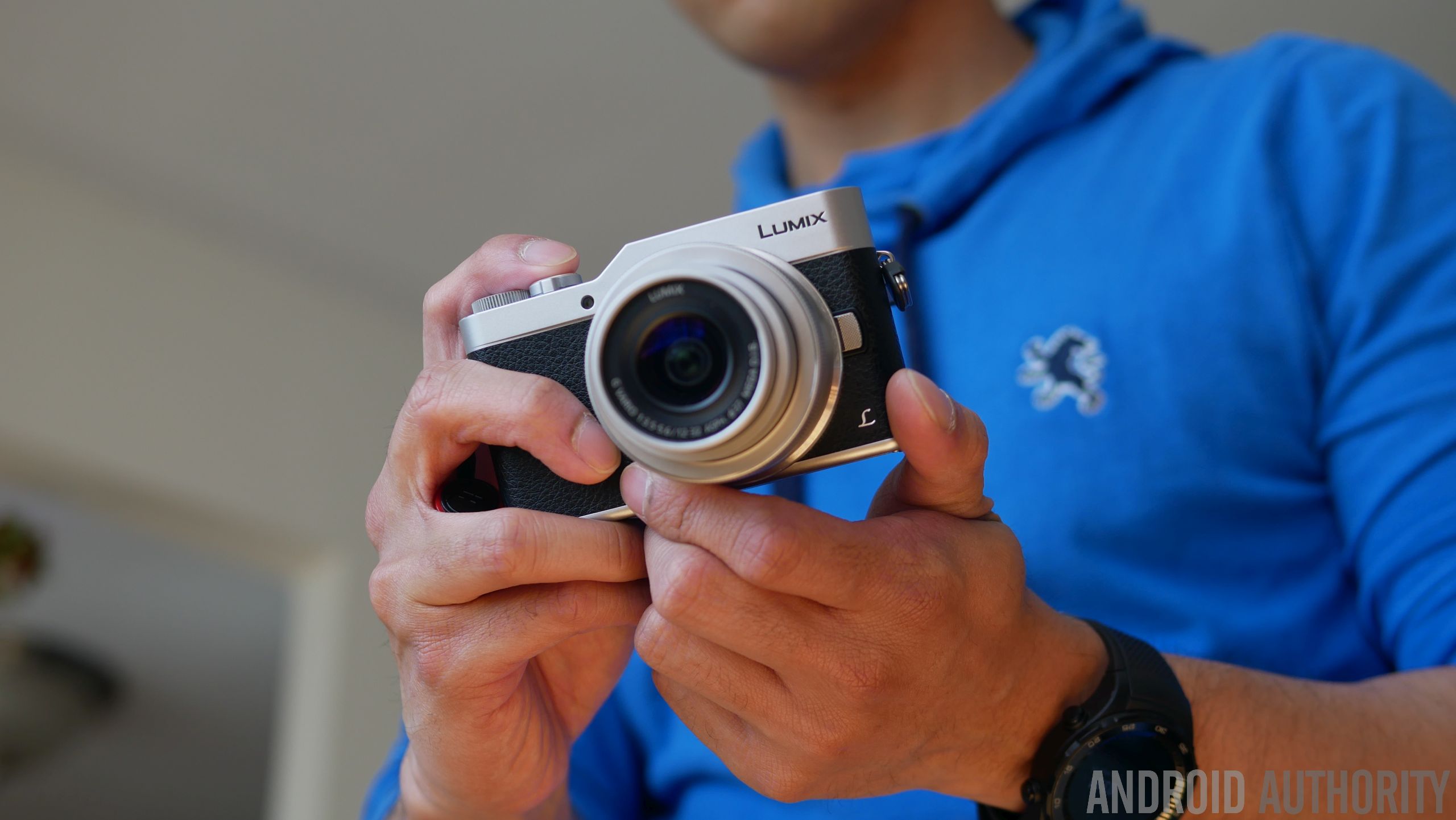
We know exactly why smartphone cameras are so acclaimed. Quality aside, it’s the convenience factor that attracts people the most to using them. In addition to that, filters brought on my Snapchat, Facebook, and everyone else is redefining the way we interact with our cameras. Going back to my original thought, it makes even more critical about the reason behind spending $550 for a dedicated camera. Is it really worth it?
Therefore, I decided to do just a quick comparison against three new Android-powered smartphones announced and released this year. They include the HUAWEI P10, LG G6, and the Samsung Galaxy S8. All three are known to deliver exceptional performance with their respective camera gear, but are they really better at achieving better quality? Let’s take a look!
Why choose a $550 camera?
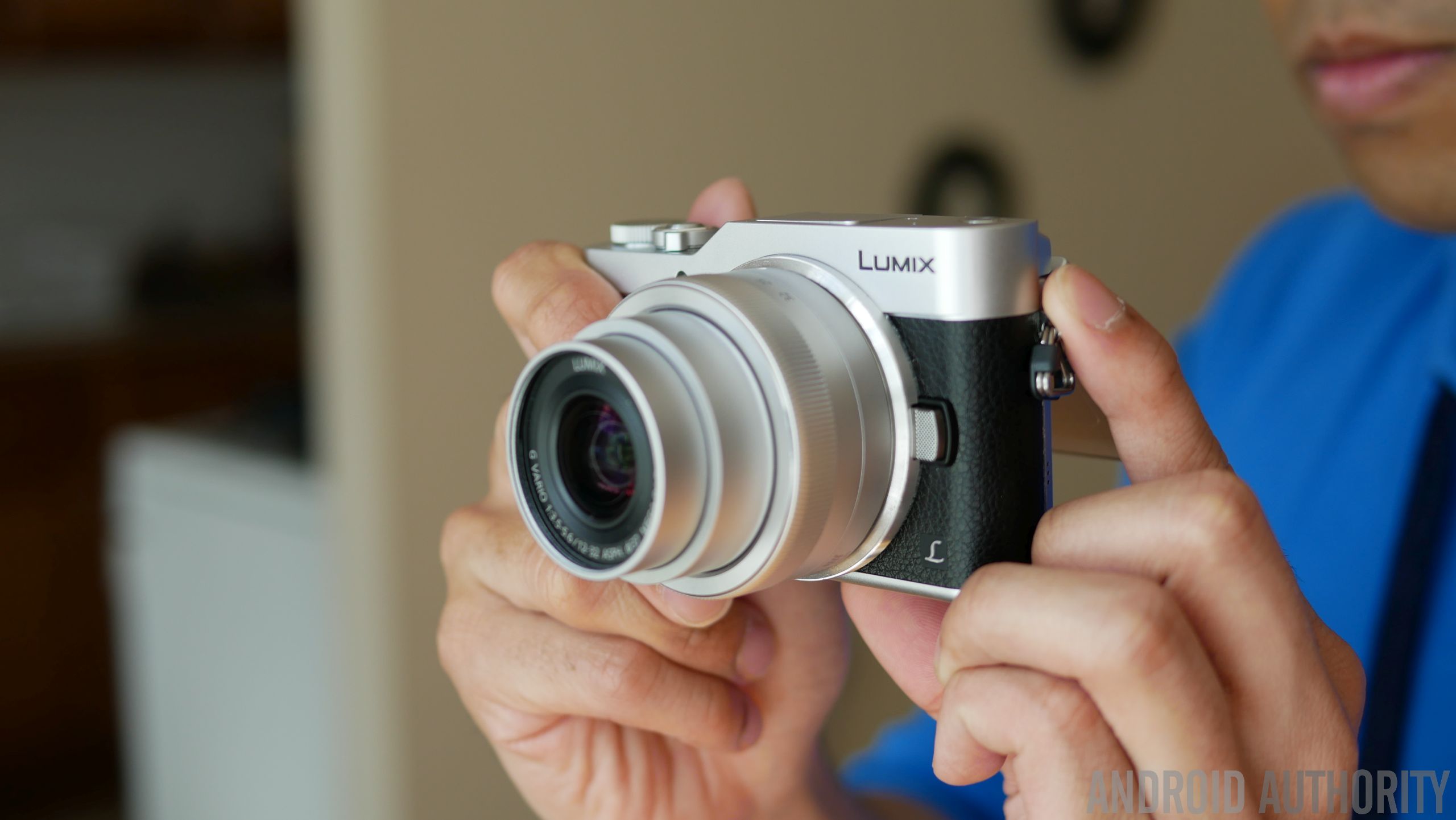
Before we dive in, let me briefly explain a bit more as to why I’m attracted to the Panasonic Lumix GX850. For starters, it’s one of the tiniest compact mirrorless cameras on the market – making it perfect for travel when you want to go light. Secondly, $550 for a mirrorless camera is cheap in comparison to the $2,000+ behemoths out there. Combining affordability and size into one mirrorless camera, it’s honestly tough to find something that remotely comes close to matching it. The specs of the camera are below:
- 16 MP Live MOS Sensor
- Micro Four Thirds System
- 3.0″ 1.04m-Dot 180° Tilt Touchscreen
- UHD 4K Video Recording at 30/24 fps
- 49-Point DFD AF System, 4K Photo Modes
- ISO 25600 and 10 fps Shooting with AF-S
- Built-in Wi-Fi connectivity
- Built-in flash; microSD card slot
- 22 creative filters; auto shutter modes
- Lumix G Vario 12-32 mm f/3.5-5.6 lens
The smartphone comparison
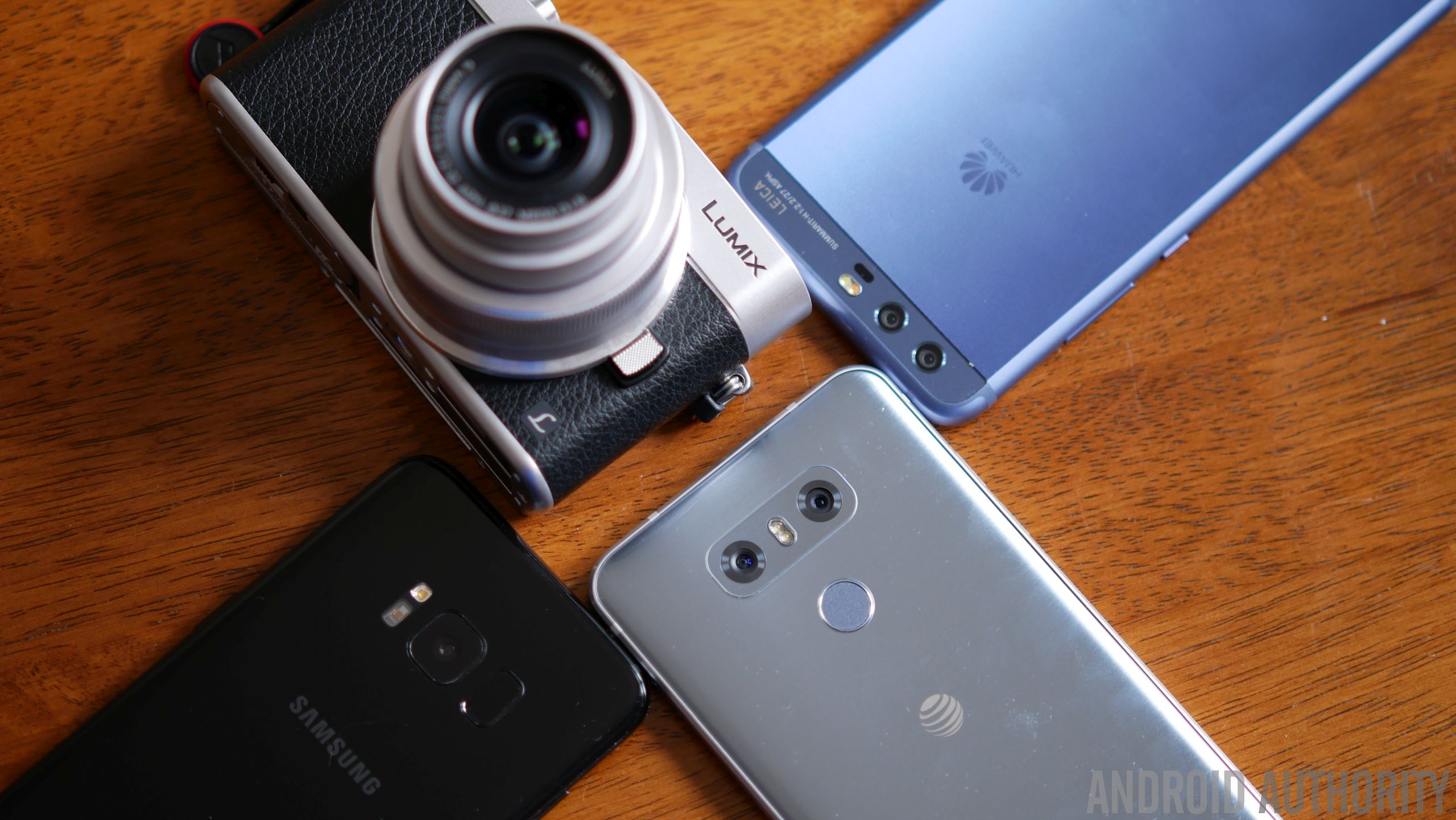
The three smartphones in this comparison are known for their abilities to capture photos and videos exquisitely, in their own unique ways of course. Both the P10 and S8 three feature 12-megapixel camera sensors, while the G6 packs on a marginally higher 13-megapixel sensor. Of course, quickly glimpsing the back of the phones reveals an undeniable difference between them.
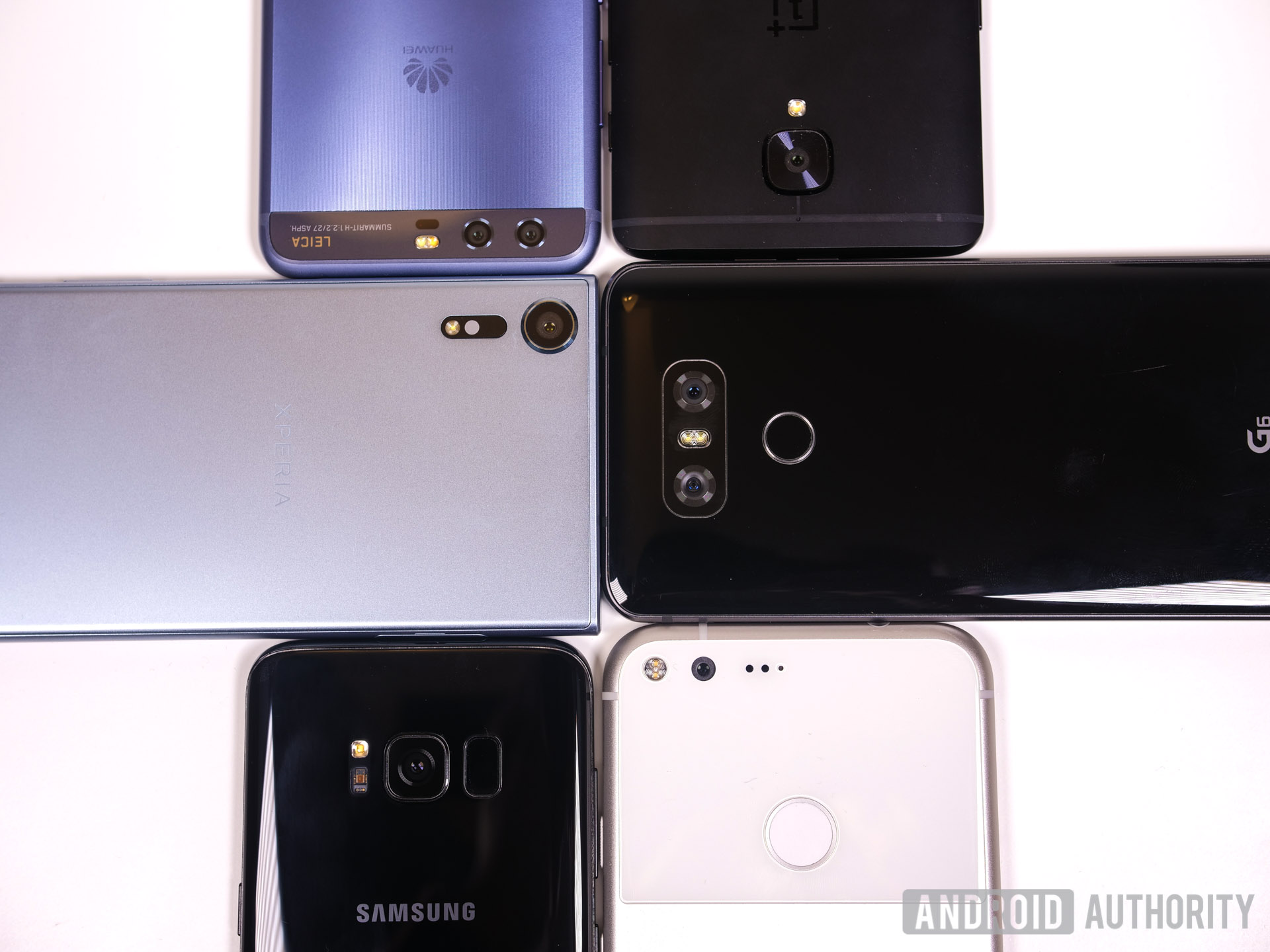
The HUAWEI P10 and LG G6 feature dual-camera setups – a feature that has been seeing an increase use amongst smartphones of late – but their implementations differ from one another. In fact, the P10’s setup helps it to achieve that bokeh, or out-of-focus effect, with the background – while the subject in the shot remain sharp and in focus. OPPOsitely, the G6’s dual-camera implementation enables it to capture a wider view. And as for the Galaxy S8’s camera? Well, all we can say is that it doesn’t disappoint with its performance, ensuring a solid all-around performance.
How we’re testing
Despite being an interchangeable mirrorless camera, I’m strictly using the kit lens that comes included with the GX850 – so that’s a 12-32 mm f/3.5-5.6 lens. There’s really nothing worth bragging about this one, besides how it collapses into a relatively small package. For this comparison, I’ll be using it exclusively with the GX850. Photos captured by all the devices will be done under the automatic mode, with HDR modes set to off, just to ensure there’s uniformity between what they capture and produce. And lastly, adjustments will be made to ensure that the framing is as identical with all of them – so devices will be moved closer to the subject to match the framing.
In some scenarios, particularly those that are done under low light, I decided to use their manual modes to match the settings between them. Unfortunately, you can’t adjust the aperture on these smartphones, but everything else can be modified – including ISO and shutter speed. Even though they’re not technically capturing at the same identical settings, it’s the adjustments I made are the next best thing.
Outdoor landscape scenes with great lighting
In the first image of the path leading to some trees in the background, the best overall shots came from the GX850 and S8, as they managed to handle the exposure, details, dynamic ranges, and color accuracy very well. The G6 has some amazing details capture in the scene, but looking up to the clouds, we can see how it struggles to maintain a neutral exposure level. And as for the P10, it seems to appear lower in contrast, resulting in a flatter looking shot.
The next scene with the cars parked in the lot and fence running through the background plays out very similarly. When looking at the overall picture, but the GX850 and S8 manage to impress on all fronts, but the G6 isn’t too far behind if it weren’t for the odd exposure seen with the clouds. Despite that, there’s a bit more detail captured by the G6 – especially if you look at the tiles on the roof of the building in the background. The P10, meanwhile, still continues to produce a lower contrast shot with softer details.
Finer Details Performance
We know that more megapixels doesn’t necessarily translates to a better overall performance. There are other factors, of course, that can directly impact a camera’s performance. For this test, we have several shots we can comb over to determine which ones are able to capture the most details, so we’ll first start with the images of Mega Man. Looking at all four shots, I can certainly agree that they all look fantastic! Upon closer inspection, though, it’s noticeable that LG favors an over-sharpened production in contrast to the GX850 and S8. And while the P10 does nicely, we can see just a smidgen of softness. For this one, we’ll have to give it to the GX850 because of the detail we’re able to see with the fine dust specs that have collected on his helmet.
With the shot of the bricks, the GX850, G6, and P10 cast a more neutral exposure, while the S8 seems to be just a little overexposed. In terms of detail, the G6 once again shows how it favors an over-sharpened tone. It’s not terrible per se, but nonetheless a bit more sharpened than the GX850 and S8. The P10 just appears softer yet again.
In the other examples we captured, the ones with BB-8, the shots with the pebbles, and the ones with the statue, we can agree that they’re all great looking. Details are strongest with the G6, GX850, and S8, but the P10 continues to exhibit slightly softer details than the rest. It’s not a significant difference that would make it detractive, but it’s still noticeable either way.
Selfies
The indisputable winner in this category is the GX850, mainly because of how it features a tiltable 180-degree screen that allows us to properly frame a shot for a selfie. Plus, it’s leveraging the same micro four thirds sensor. Details are rich with this one, putting to shame the others in the process. The P10 and S8 produce great looking selfies, but their details capture can’t compete against the GX850. The eyebrows in particular are clearly defined, whereas it appears smudged with the G6.
Low light
The first sample we’ll look at here are the ones of the books on the shelf. Both the GX850 and S8 stand out for their strong characteristics, but the G6 casts a noticeable level of noise throughout the shot, while the P10’s color reproduction appears washed out in tone.
Moving onto the shots of the Easter eggs, the GX850 strangely has a warmer color tone with it, whereas the other three seem to be on the same level. Diving deeper into the shots, the G6 and GX850 stand out for their details when you inspect the carrot. As you can see, individual strands of string are defined, more so than the S8 and P10.
The last shot we’ll look at here is the one overlooking the lawn with pathways crossing through it. There’s a strong light source in the scene, casting a yellowish hue to the nearby surroundings. Strangely enough, the S8 seems to be bumping the exposure more than the rest because we can visualize the outline of the tree way in the background. Although, that comes at the expense of more noise in the shot. That doesn’t impact its details capture, which is second only to the GX850.
Using manual mode under low light
Most of the time people tend to stick with the automatic mode on their smartphones, since it adjust all the settings automatically to produce the best shots. Those who have a knack for taking photos know that manual mode are exceptionally useful, including those that involve very little to zero lighting. In our testing, however, the aperture on these smartphones can’t be manually adjusted, so we tested them out by setting their ISO and shutter speeds to the same levels, which in this case is ISO 100 and a shutter speed of 10 seconds.
Now, the results with these images are going to be drastically different because the apertures on the phones can’t be manually adjusted. Let’s take a look at the shot of Mega Man again, but this time under low light situations. For the GX850, it tops out at an aperture of f/3.5 at its widest at 12 mm – while the G6, P10, and S8 come in respectively at f/1.8, f/2.2, and f/1.7. Not surprisingly, the S8 is able to accumulate more light, which in the process produces a higher exposure. The GX850 has the best balance out of the bunch due to its exposure, details, and white balance. Meanwhile, the G6 is the softest out of the bunch and has a greenish tone, while the P10 does a little bit better.
The other shot worth mentioning is the one of the Easter eggs, but this time taken using their manual modes and in an almost complete darkness situation. Only the reflecting light from the adjacent hallway illuminates the container holding the eggs, so it’s really interesting to see how they perform. In the automatic mode, all three phones manage to expose more detail, whereas it’s completely dark with the shot from the GX850.
It’s amazing to see how the results dramatically change when conducting long exposures! At 10 seconds, it’s the GX850 that takes the crown with its exceptional details capture. You can visualize all of the sparkles on those Easter eggs with the shot from the GX850, but they’re nearly indistinguishable on the smartphones.
4K video (see video above for reference)
I love shooting video, much more than just snapping still shots. Recording in 4K has been so valuable for me, since it offers me more flexibility and room when it comes to the post production aspect. It’s kind of strange that smartphones have outpaced dedicated cameras when it comes to the 4K standard. Even now, it’s still tough to find DSLRs that can shoot at 4K, but smartphones have been doing this for a while now.
All four devices have been set to the automatic mode, 4K capture at a resolution of 3840 x 2160 pixels, and at the rate of 30 frames per second. The first scene of the statue in the garden is particularly interesting, as all four devices are potent at delivering sharp footage when the lighting conditions are ideal. The only one to stand out from the rest is the footage taken by the P10, which like its still shot performance, tends to favor a higher exposure. Regardless of that, it’s really tough to notice anything unusual that would make them inferior to the quality out of the GX850, even when cropping into the footage, they all exhibit favorable qualities!
We can say the same thing about the videos taken of the parking lot. Details are more than plentiful with all four, but the S8 and P10 seem to handle dynamic range better, as the GX850’s footage seems over exposed a little bit, while the G6 has some issues with exposure with those clouds.
Under low light, all three smartphones exhibit a great deal of noise in their shots, making them appear a bit grainy. Even though there’s not much of that out of the GX850, its footage is by far the darkest, making it tough to discern details in the eggs and carrot. The noise become more apparent with the smartphones when we crop into the video, but there’s still some detail seen in their footage. Out of the bunch, the S8 seems to be the brightest.
How does the GX850 compare?
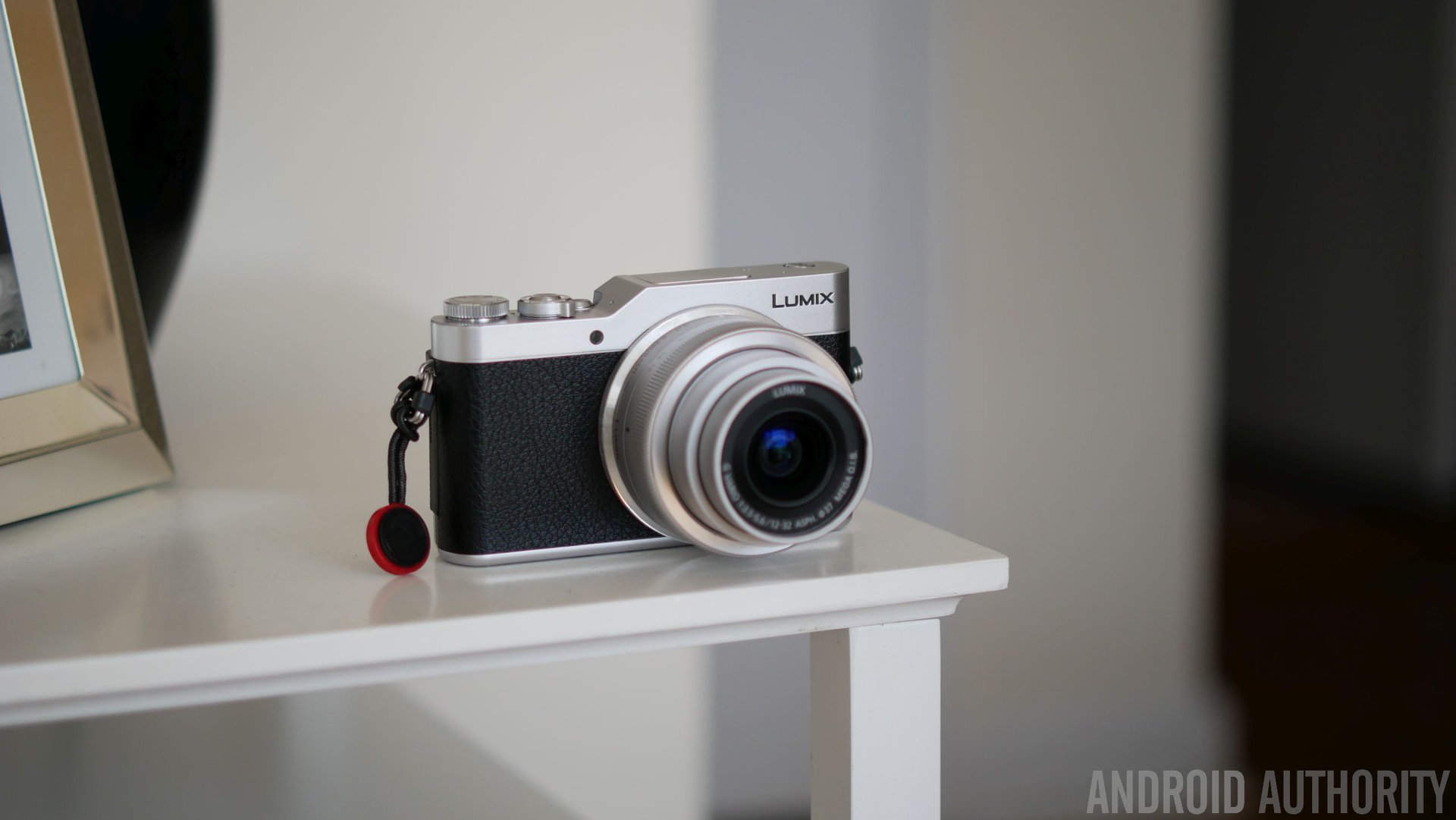
Looking back at the results, the GX850 didn’t disappoint with its favorable performance. In many of the tests, it seemed to be outperform its smartphone rivals, but we wouldn’t say that the margin of victory was a wide one. In fact, it’s close! The Samsung Galaxy S8 managed to keep toe-to-toe with the GX850 numerous times. And when it comes to video, you bet that these three flagship Android phones can rival the quality out of the dedicated camera in the GX850.
That begs the question as to why would someone choose the GX850 when the performance out of these smartphones are very close. If you’re the type to just point and shoot, without any regard to the settings, then you really wouldn’t find anything beneficial using the GX850. Enthusiasts that have a mastery background in using and understanding a camera’s manual mode will appreciate the GX850, more so than those that do not. And why’s that?
As we’ve shown in our quick tests under low light, the GX850’s quality is unrivaled, and that’s despite the fact that the kit lens achieves an aperture of f/3.5 – a far cry from the f/1.7, f/1.8, and f/2.2 from the three smartphones in this comparison.
Unique in their own way
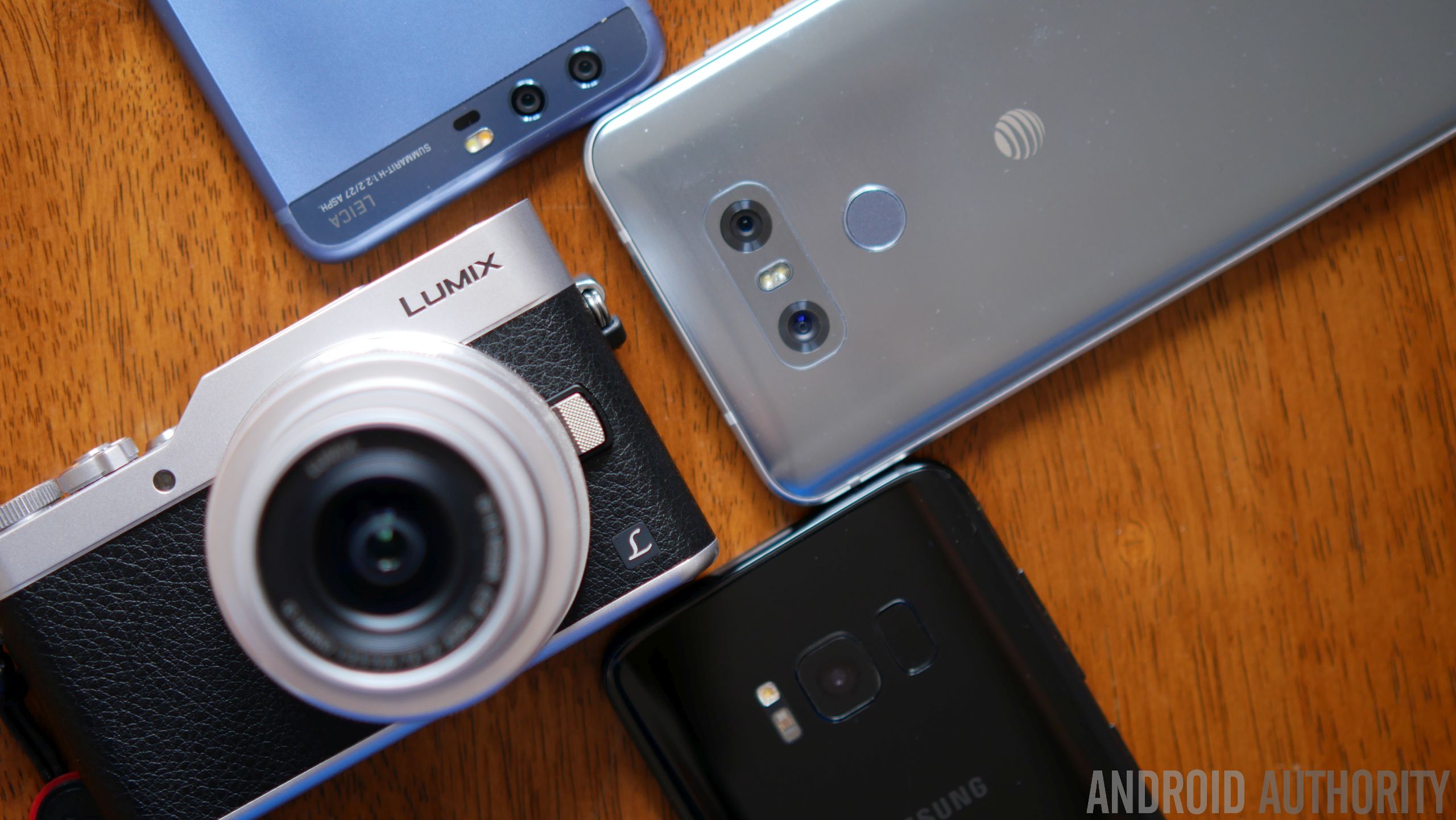
Anyone that has handled these smartphones know why their cameras are so acclaimed! The LG G6 features a wide-angle lens that covers a significantly wider area than most smartphones and cameras. Plus, it’s one of the few smartphones cameras that offers true manual controls for video recording. The other dual-camera packing handset, the P10, delivers something different with its implementation by focusing on the bokeh effect. And when it comes to portrait shots, it’s able to achieve a professional look due to that out-of-focus effect in the background. And as for the Galaxy S8? Well, we can just leave it by saying that its quality in all conditions are top-notch.
The thing is, you can’t expose the GX850’s true potential without investing more into it. In particular, the kit lens that comes with it is somewhat limiting. Being an interchangeable lens system, it means its quality can be further enhanced by using the various micro four thirds lenses out there in abundance. Want the wide angle coverage of the G6? Then you might want to pick up the Panasonic Lumix G Vario 7-14 mm f/4.0 lens, which covers a wide range similar to that of the G6. How about taking sweet looking portraits with a ton of bokeh? The Panasonic Lumix G 42.5 mm f/1.7 would be the perfect choice to mimic the performance of the P10’s portrait mode.
Invest if you want the best
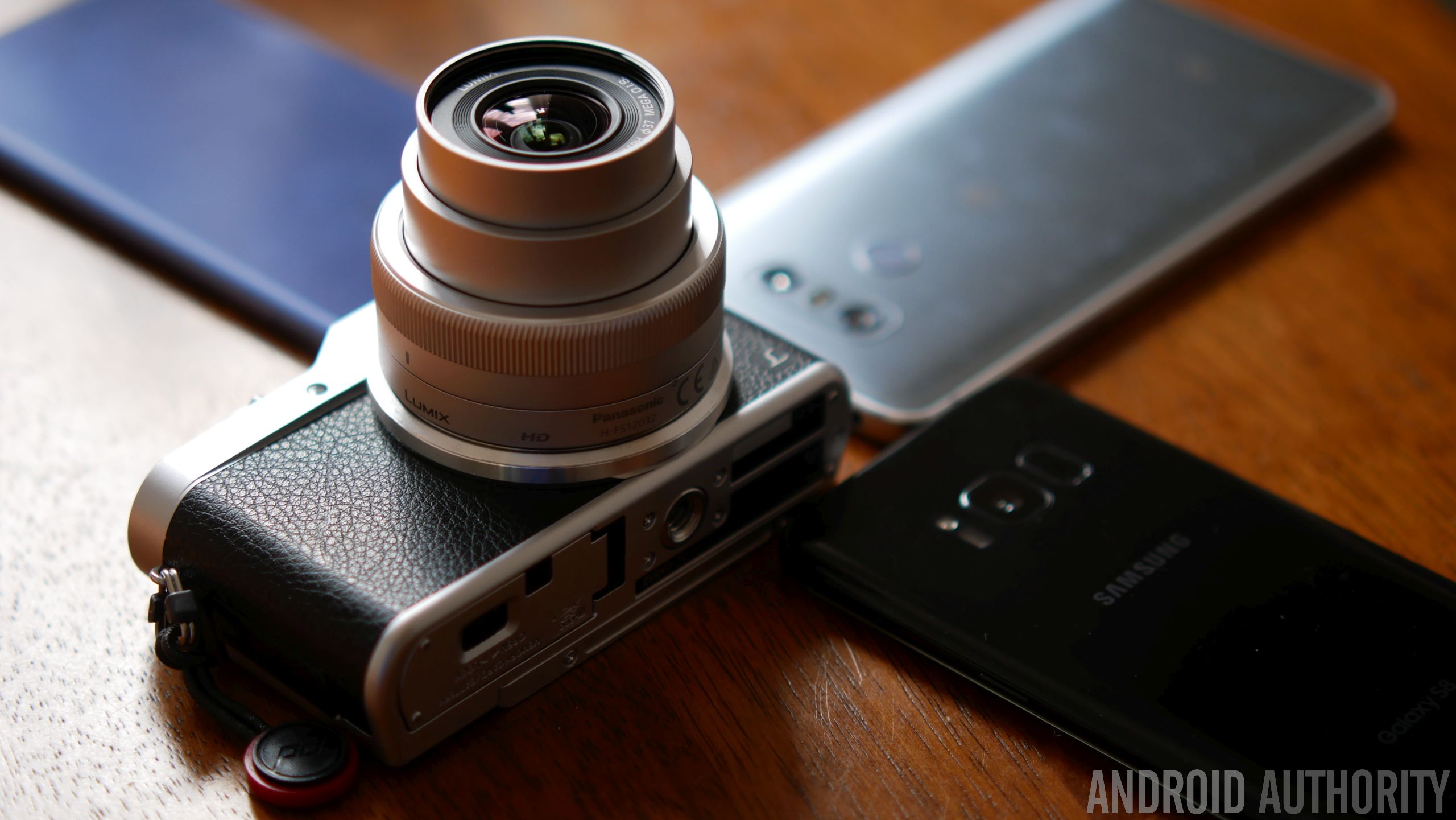
I’ve been using the Panasonic Lumix GX850 for several weeks now, and much like other cameras with an interchangeable lens system, it outperforms any of these three smartphones in this comparison. Still, you’ll need to use the appropriate lens to achieve that. For snapping selfies, it’s a clear winner because it uses the same sensor, but its screen is able to tilt a full 180 degrees so you can see yourself.
Ultimately, though, the money spent on it initially is worth the investment if you know how to handle a camera, using it beyond just the automatic mode. Those that understand the potential of using the manual mode, will be able to produce content that’s still a hair above what these smartphones can deliver. $550 might sound risky when you look how these smartphones rivals its quality under the automatic settings, but if you’re able to invest into the system and pick up a couple of go-to lenses, you’ll be convinced that there’s still a wide gap in terms of its performance and quality.
